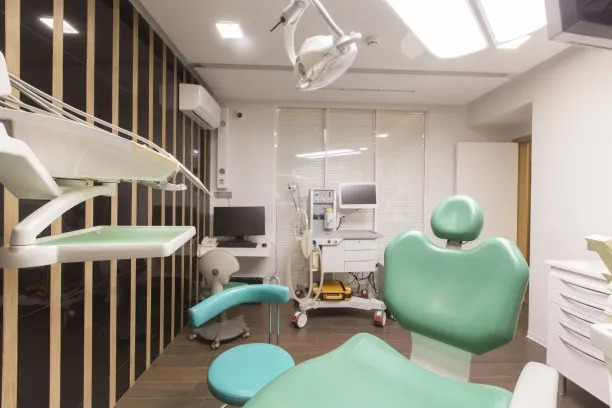Navigating the Dental Journey Understanding the Process and Implications of Extracting a Problematic Tooth
Summary: Extracting a problematic tooth is a significant event in ones dental journey that warrants a careful understanding of the associated processes and implications. This article explores the various facets of tooth extraction, starting with the reasons behind the extraction, the step-by-step procedure, post-operative care, and potential complications. Each section provides essential insight for patients who must navigate this often daunting experience. With knowledge of what to expect and how to manage the aftermath, individuals can approach tooth extraction with confidence and make informed decisions regarding their oral health.
1. Reasons for Tooth Extraction

Tooth extraction may become necessary for various reasons, and understanding these can ease a patients concerns. One of the primary reasons is dental decay, which can severely compromise the tooths integrity. When the decay progresses beyond repair through traditional means like fillings, extraction might be the best option to prevent further complications, such as infections spreading to other areas of the mouth.
Another common reason for extraction is periodontal disease. This condition affects the gums and supporting structures of the tooth, often leading to tooth mobility. In more severe cases, if the supporting bone structures are compromised, extraction may be deemed necessary to restore oral health.
Orthodontic considerations can also lead to tooth extraction. To create space for proper alignment, an orthodontist may recommend removing certain teeth. This is especially true in cases of overcrowded mouths, where extracting a tooth can significantly improve the overall alignment and aesthetics of the smile.
2. The Tooth Extraction Process Explained
Understanding the extraction process can alleviate anxiety for patients. The procedure typically begins with a thorough examination and diagnostic imaging to assess the tooth’s condition and understand its roots and surrounding structures. This information is crucial for developing a tailored extraction approach.
Next, local anesthesia is administered to ensure that the patient feels no pain during the procedure. In more complex cases, sedation options may be offered to help patients feel more relaxed. Once the anesthesia takes effect, the dentist or oral surgeon will begin the extraction process, which may involve the use of specialized tools to loosen and remove the tooth.
After the tooth has been extracted, the dentist will meticulously clean the extraction site and may place stitches if necessary. Instructions for post-operative care will then be provided to help manage recovery effectively.
3. Post-Operative Care and Recovery
Post-operative care is a critical aspect of the extraction process, influencing the recovery outcome. Patients are advised to bite down gently on gauze pads provided by the dentist, to help control bleeding. It is essential to keep the gauze in place for several hours as directed, changing it out as needed to maintain cleanliness.
After the anesthesia wears off, patients may experience discomfort or pain around the extraction site. Over-the-counter pain relievers are typically recommended, but the dentist may prescribe stronger medications if necessary. Its important for patients to follow dosage instructions precisely to avoid complications.
Patients should also take care to stick to a soft-food diet for a few days post-extraction, avoiding hard, crunchy, or spicy foods that could irritate the area. Staying hydrated and maintaining oral hygiene, except for the extraction site, will also facilitate healing.
4. Potential Complications and Their Management
While tooth extraction is generally safe, it can sometimes lead to complications. One of the most common issues is dry socket, which occurs when the blood clot that forms in the extraction site either dissolves or is dislodged. This condition can lead to severe pain and requires additional treatment to manage effectively.
Infection is another risk associated with tooth extraction. Signs of infection may include increased pain, swelling, or pus around the site. Patients are advised to contact their dentist immediately if they notice these symptoms, as timely intervention is crucial.
Bleeding can also occur post-extraction, sometimes more than expected. While some light bleeding is normal, any significant or prolonged bleeding necessitates a return visit to the dentist for evaluation and management. Being vigilant and aware of these potential complications allows individuals to seek help promptly, ensuring a smoother recovery process.
Summary:
Navigating the dental journey of tooth extraction involves understanding the reasons, the procedures involved, post-operative care, and any potential complications that may arise. By being informed and prepared, patients can approach this dental necessity with greater confidence. Through education and proper care, individuals can optimize their recovery and maintain their overall oral health.
This article is compiled by Vickong Dental and the content is for reference only.



